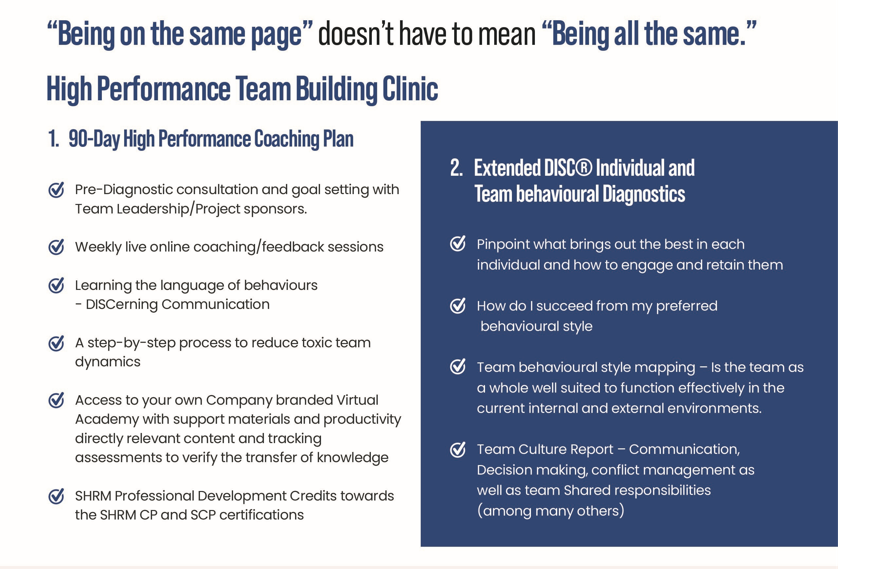This is inspired by Matthew Syed’s Rebel Ideas (2019). Syed wraps thought-provoking discourse around the concept of homophily and its negative impact.
The issue is especially relevant as you seek to grapple with a changed and rapidly changing environment.
HOMOPHILY
Homophily is the tendency for people to seek out or be attracted to those who are similar to themselves.
There is an innate tendency for us to surround ourselves with people we identify with in appearance, beliefs and perspective. We get validation when our perspective is reflected back to us from those around us.
You may be thinking that homophily is a phenomenon that is relevant at a personal level and is confined to the choice of our circle of friends.
Not so!
Having completed numerous maps of teams, we are aware of the net result of recruitment and retention policies, even when the policies may not have been deliberately implemented.

The image above is an extract from a team map on the Extended DISC® Diamond. The map reflects an overwhelming clustering on the left side. Conservative, risk averse, compliance wanting, reliance on policies, systems and the execution of plans.
We did work years ago with a group of Mid-tier Managers from a Government Agency. Not a single member of the group had a profile that placed them on the right side of the Diamond. Independent thought, out-of-the-box thinking, driving for results, initiating change, fostering innovation and creativity.
At recruitment, they might have been screened out as being potential risks to the governance framework and being consistent challengers to the status quo. In essence, they represented constant trouble.
What about the teams in your organization? How behaviourally and cognitively diverse are they? How aligned are they to dealing with today’s disruptive, rapidly changing environment? How many “trouble-makers” are onboard?
NEGATIVE IMPACT OF HOMOPHILY
Homophily creates collective blindness. This is a version of group think and takes place even in teams with highly intelligent individuals. There is a temptation for leaders to treasure conformity and compliance. It is so much easier when everybody just does as they are told!
In another case, a team of Supervisors in an outbound telemarketing entity drew up an ideal profile of an agent. Suffice it to say that not only would they not have any trouble but also no sales.
Another downside of homophily is the stifling of cognitive diversity. This is diversity of the mind. Teams that are built to embrace cognitive diversity are able to increase group wisdom. They get the benefit of being able to call on a broad range of perspectives which makes them more flexible and resilient.
ANTIDOTES TO HOMOPHILY
Syed speaks of the dominance hierarchy that is a menace to cognitive diversity because it tends to silence the input of those outside of the leadership circles. Hierarchies develop naturally because of generations of socialization.
In our work with teams, dominance looms. Consequently, we have been working to help team members take another perspective to dominance. The fundamental question is would a wise leader find value in a rubber-stamping circle of colleagues? Would she not respect you for improving her decision-making by asking on-point questions?
Another consideration is the human tendency to fear the unknown which reinforces homophily. Helping team members to understand their preferences and those of their colleagues dramatically increases open communication and a willingness to listen with an open mind. That fosters cognitive diversity and with it resilience, group wisdom and future-readiness.




